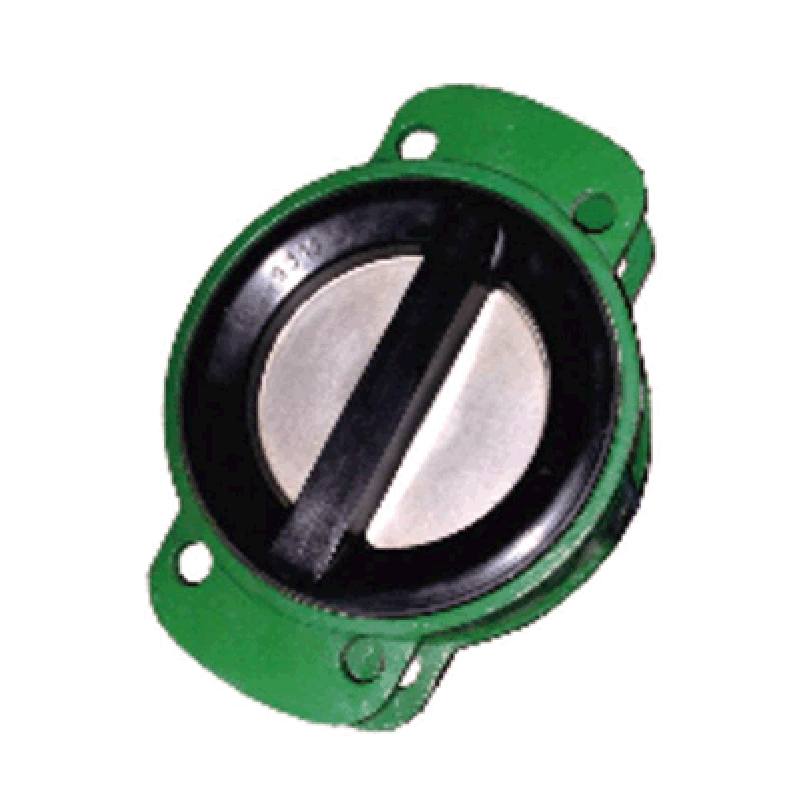Nov . 16, 2024 17:48 Back to list
electric actuated butterfly valve
Electric Actuated Butterfly Valve A Comprehensive Overview
In modern industrial applications, the demand for efficient fluid control systems is at an all-time high. One such solution that has gained prominence is the electric actuated butterfly valve. This versatile component plays a crucial role in regulating the flow of liquids and gases in various systems, ranging from water treatment plants and oil and gas pipelines to HVAC systems and food processing facilities. In this article, we will explore the functionalities, advantages, and applications of electric actuated butterfly valves.
What is an Electric Actuated Butterfly Valve?
An electric actuated butterfly valve is a type of quarter-turn valve that consists of a rotating disc mounted on a shaft, which regulates flow through a pipe. Unlike traditional valves that require manual operation, this valve is coupled with an electric actuator that automates the opening and closing of the valve. The actuator is typically powered by a standard electrical supply, which allows for remote operation and precise control.
How Does It Work?
The operation of an electric actuated butterfly valve is relatively straightforward. When an electrical signal is sent to the actuator, it converts electrical energy into mechanical movement, rotating the disc either to an open or closed position. The valve can be operated in a variety of ways, including on/off control, throttling, or modulating flow, depending on the specific requirements of the application. Feedback systems are also available to provide real-time data, enhancing the valve’s functionality and allowing for integration into automated control systems.
Advantages of Electric Actuated Butterfly Valves
1. Efficiency and Speed Electric actuated butterfly valves offer rapid opening and closing capabilities, ensuring that flow control is quick and efficient. This speed can significantly reduce downtime in processes that require rapid adjustments.
2. Energy Saving Unlike pneumatic or hydraulic actuated valves, electric actuated valves can lead to energy savings as they do not require compressed air or hydraulic fluids. This also reduces maintenance costs associated with these systems.
4. Remote Operations The integration of electric actuators enables remote operation, which is particularly beneficial in hazardous environments where manual handling is risky. Operators can control the valves from a safe distance, improving overall workplace safety.
electric actuated butterfly valve

5. Lower Maintenance Requirements Electric actuated butterfly valves generally have fewer moving parts compared to other types of actuators. This results in lower maintenance requirements and longer service life, making them a cost-effective choice in the long run.
Applications
Electric actuated butterfly valves are utilized across various industries due to their versatility and efficiency. Some notable applications include
- Water Treatment These valves regulate water flow in treatment plants, ensuring that the purification process runs smoothly and effectively.
- Oil and Gas In the oil and gas sector, butterfly valves control the flow of liquids and gases through pipelines, helping to manage processes safely and efficiently.
- HVAC Systems Electric actuated butterfly valves are commonly used in heating, ventilation, and air conditioning systems to regulate airflow and maintain desired temperatures.
- Food and Beverage In food processing, maintaining the integrity of the product is crucial. These valves help in controlling the flow of ingredients and maintaining hygiene standards.
- Chemical Processing They are employed to manage corrosive materials, adeptly handling both high and low-pressure applications.
Conclusion
Electric actuated butterfly valves represent a pivotal advancement in fluid control technology. With their ability to offer efficient, precise, and remotely controllable flow regulation, they are essential components across a variety of industries. Their advantages, including energy efficiency, low maintenance, and rapid operation, ensure that they meet the demanding requirements of modern applications. As industries continue to evolve, the role of electric actuated butterfly valves will undoubtedly expand, reinforcing their importance in achieving efficiency and safety in fluid management systems. Embracing this technology can lead to substantial operational improvements, making it an invaluable asset for any industrial operation.
Share
-
Advanced Technology in Wire and Cable FactoryNewsAug.19,2025
-
Applications of Ball Check Valve in Water Treatment PlantsNewsAug.19,2025
-
How Osy Gate Valve Ensures Leak - Tight SealingNewsAug.19,2025
-
Selection Criteria for Wafer Type Butterfly ValveNewsAug.19,2025
-
Threaded Ball Valve Pressure RatingsNewsAug.19,2025
-
Y Strainer PN16 Cost - Effectiveness AnalysisNewsAug.19,2025


